If you had been following my blog, you would have seen many instances where nature has inspired us to develop novel designs and innovations. Just as we learn from nature, we can see how nature heals itself. There is no such thing called non-biodegradable. Allow me to explain and let’s dive deep and understand instances where nature healed itself.
1. How nature healed itself from an oil spill
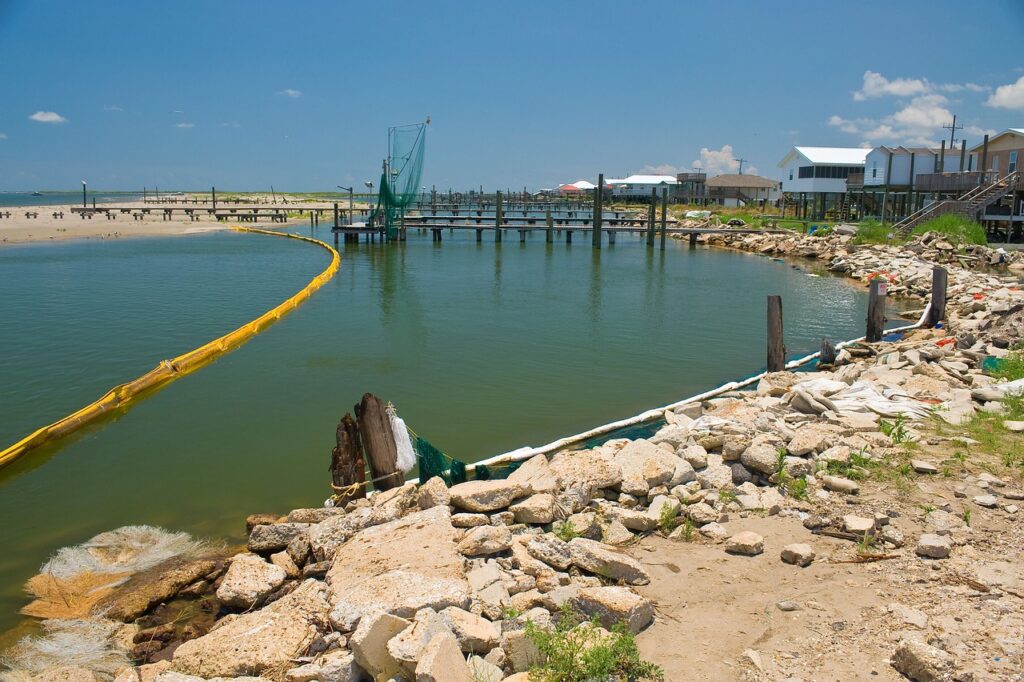
A disastrous oil spill with over 184.8 million gallons of oil contaminated the Gulf of Mexico in 2010. In addition to affecting the aquatic lives in its vicinity, it tremendously affected the shrimp fishing industry. Thanks to nature, around 80 km from the site of oil spill was the Mississippi Delta marshland gifted with abundant biodiversity. Apart from human efforts to restore the problem, a lot of scientists believed that it was best to leave it in the hands of nature. Here are a few ways in which the oil spill could be repaired naturally-
· Oil will degrade by breaking down naturally when exposed to sunlight
· Oil evaporates when exposed to air
· Coastal ecosystems are more resilient as they have lived through strenuous conditions for a long time
· Some plants may metabolize the hydrocarbons in the oil thereby breaking it down
2. How nature healed itself from climate change
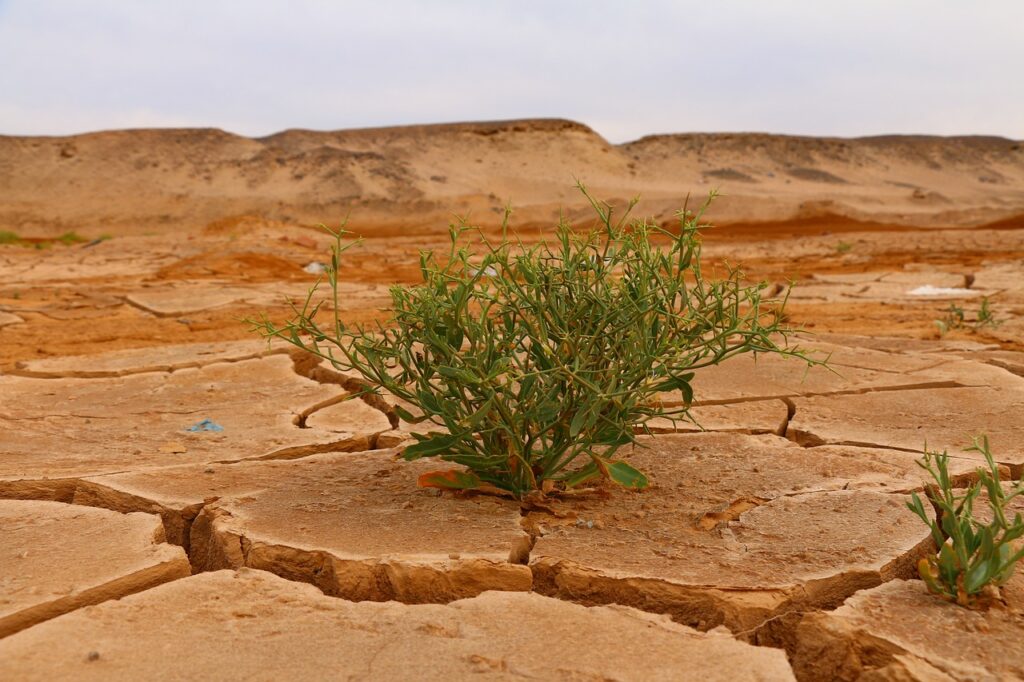
Climate change has been a hot topic for discussion thanks to global warming. One can witness scorching temperatures, melting ice caps, and unpredictable forest wildfires. Nature has shown us a way to protect it from the extreme heat.
· Agroforestry can reduce land degradation and act as a carbon sink helping us cope with climate change.
· Protecting the peat lands can in turn protect the vulnerable carbon sinks. They will help us release greenhouse gases slowly into the environment
3. How did nature heal during the COVID-19 pandemic?
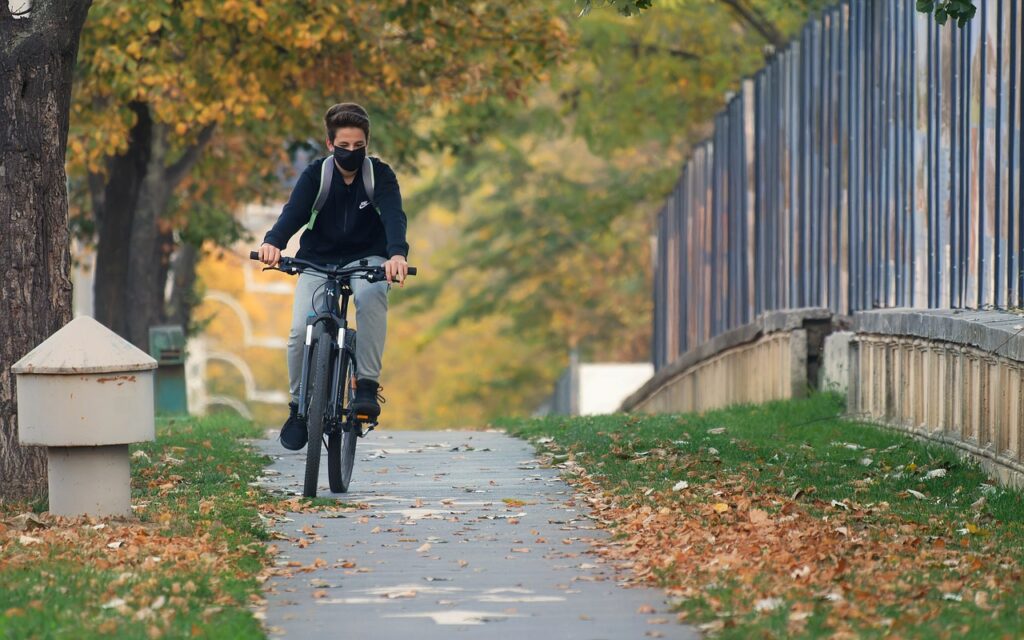
The year 2020 is something none of us can forget. That’s when a tiny virus brought the entire world to a standstill. With humans stuck in their homes, nature got a chance to recuperate. Here’s how-
· Air quality improved thanks to zero traffic and zero vehicle emissions
· Water quality improved- some places saw a visible increase in the clarity of the waters as they had restricted swimmers. This also increased fish density
· Noise pollution decreased- the roads were silent and birds sang at lower frequencies which is a good thing
· Many animals keep themselves from humans as we resemble their predators. So they tend to stay away from the urban areas. But with no human sounds the mountain lions were spotted in the cities trying to explore the area for some food.
However, this doesn’t make us the bad guys as a lot of other animals and birds need us for their survival.
4. How nature recover from an earthquake?
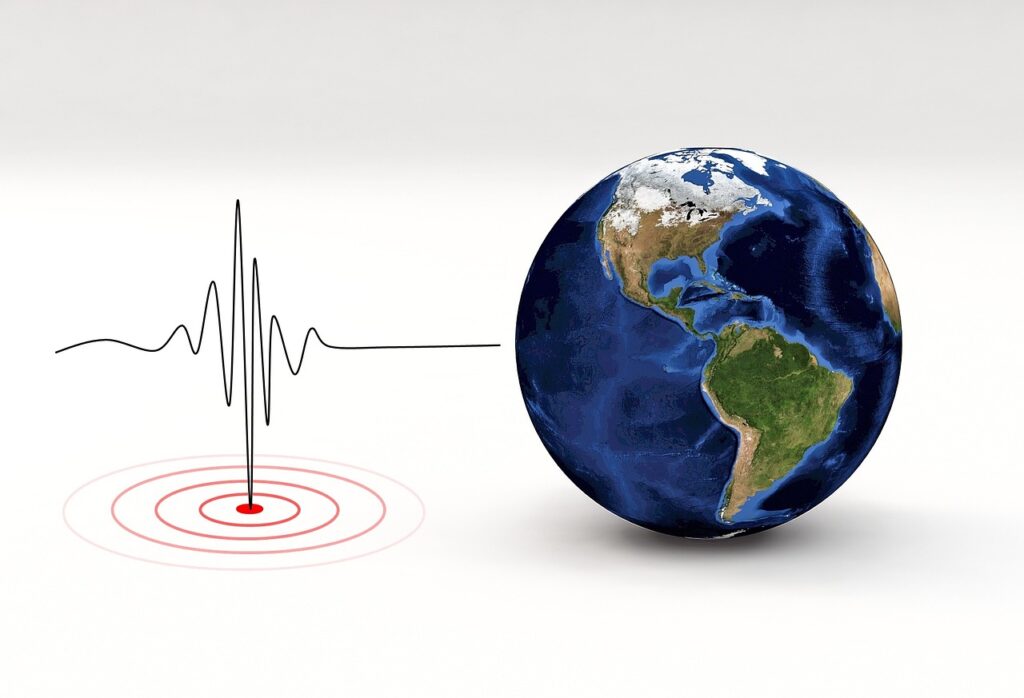
In 1999, a massive earthquake in Wenchuan killed more than 69,000 people. With damaged vegetation and uprooted plants, the government officials were not just forced to refurbish the buildings but also the natural ecosystems. But the good part is that ecosystems can quickly heal back. As long as there are seeds, roots, and soil, an ecosystem can quickly restore itself. By 2010, the uprooted areas had many bushes and grass. Sometimes, it is better to let nature take its course.
5. How nature healed itself from the insane Chornobyl disaster?

In the year 1986, Chernobyl, a city in Ukraine witnessed a massive nuclear power plant meltdown resulting in extremely high levels of radiation. While humans knew the effect of high levels of radiation, animals did not. Some animals like foxes developed a way to survive despite high levels of radiation. The area is now un-recognisable and we can even find rare sightings of the rare species like the Mongolian wild horse.
6. How does nature heal itself from plastic pollution?
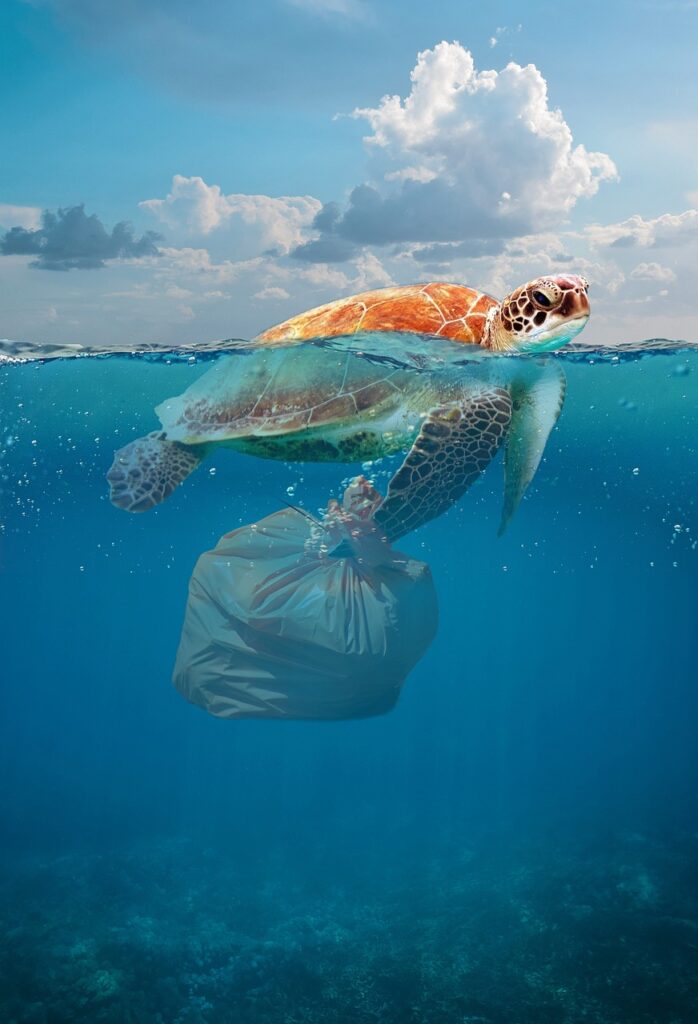
Excessive accumulation of plastic waste is having a tremendous impact on our ecosystem. The shocking amounts of microplastics found in our bodies due to the non-biodegradability of plastic has pushed us towards researching more opportunities to degrade the current plastic wastes. But, just as you would expect, nature has shown us a way and is on its path to degrading plastics from the face of this earth. The discovery of a plastic-eating bacteria Ideonella sakaiensis 201-F6 revolutionized the field of Bioremediation i.e. the use of biological organisms or enzymes isolated from them to curb pollution. Bacteria, naturally are very adaptive. They will find a way to eat any available carbon source including plastic.
Having seen six instances of nature’s healing capacity, it is imperative to know that nature can only heal itself to a certain extent. One cannot take nature’s healing capacity for granted. It is in our hands to reduce plastic wastes or take measures to curb climate change. In other words, nature cannot tolerate everything beyond a certain threshold.
Nature shows us it’s resilience through these six examples. Once we start taking sustainable measures and build harmonious relationship with nature, it will empower us and aid us in solving our problems. Nature reminds us that with patience, care, and respect, both the Earth and its inhabitants can thrive together.
Here’s to a happier and, healthier planet! I would love to hear your comments.

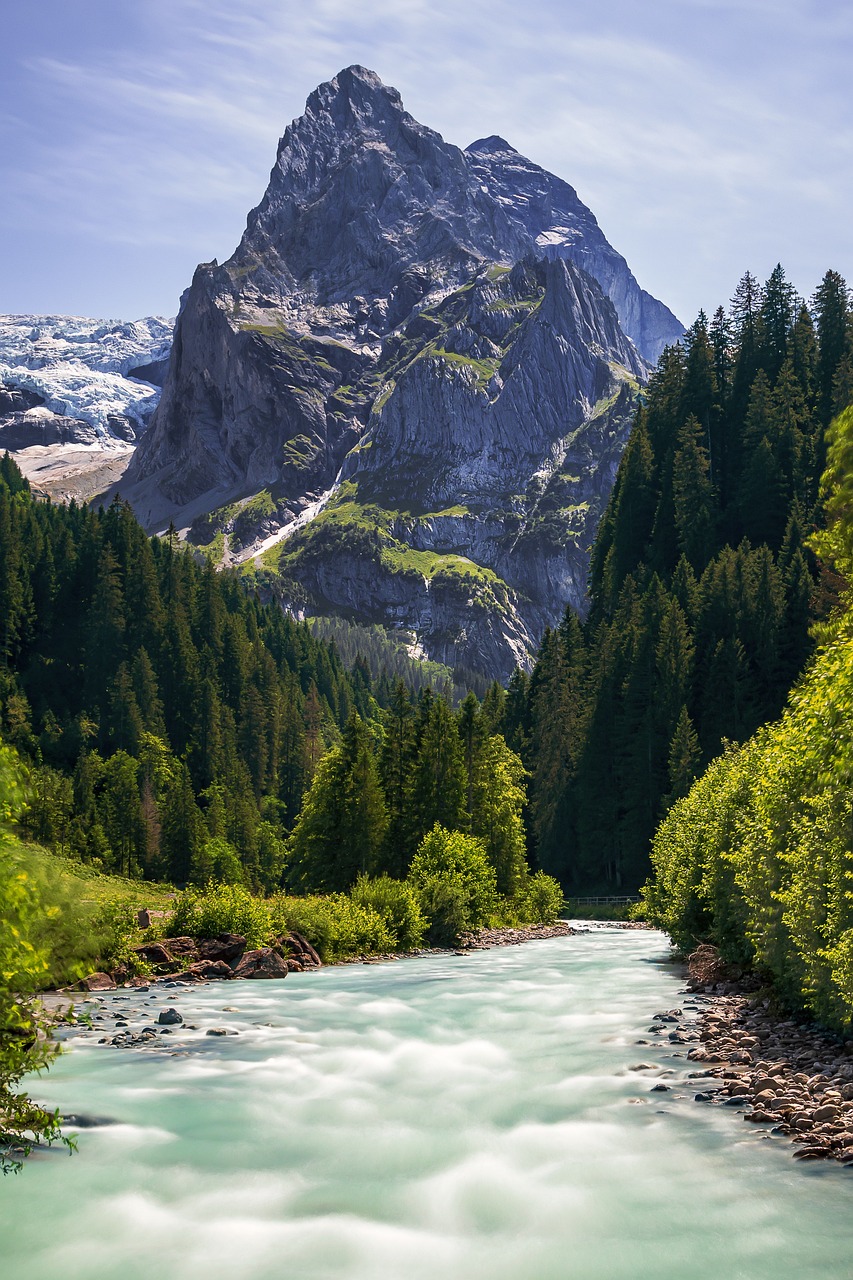
Nature is incredible, thanks for sharing.